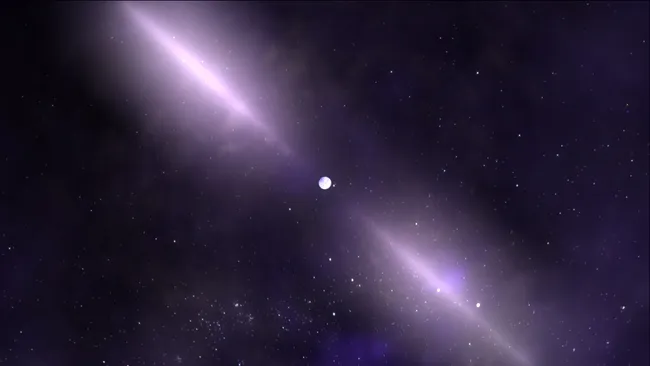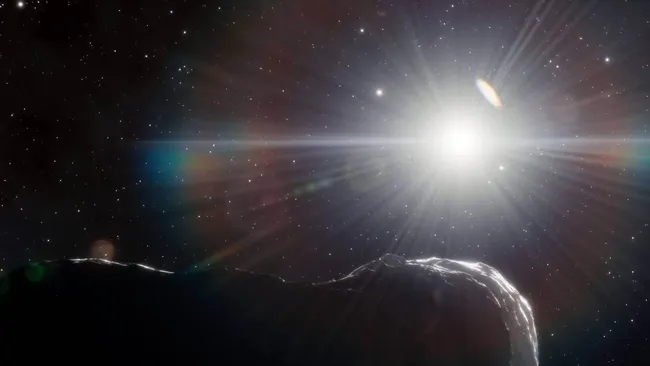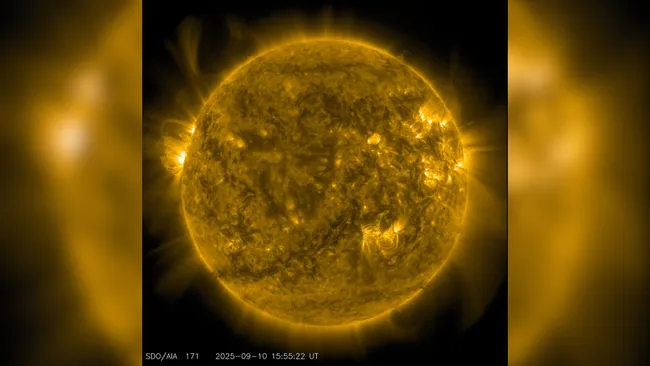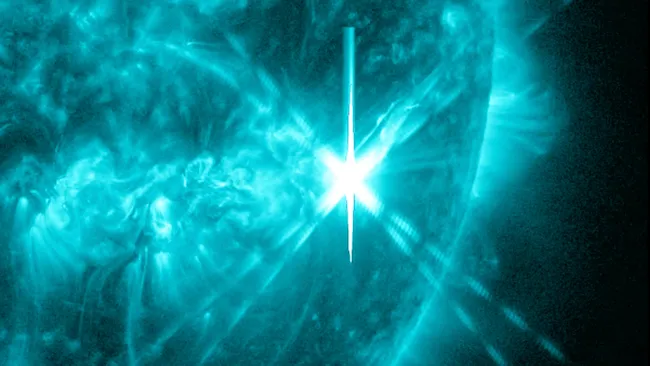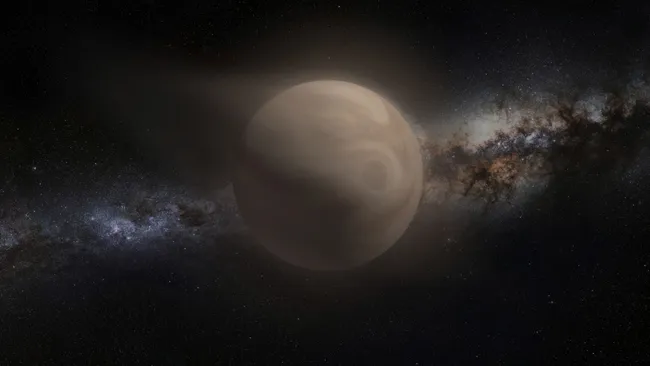After over two decades of relentless observation, astronomers have discovered that a spinning dead star in deep space, PSR J0922+0638, has been glitching — and it’s doing so with a baffling sense of rhythm.
Pulsars like PSR J0922+0638 are the remnants of long-dead stars, condensed into tiny yet massively heavy spheres known as neutron stars. These objects spin rapidly and emit bursts of radiation in tight beams. They’re so precise that astronomers often compare them to cosmic clocks. But as this new study shows, even these clocks have their hiccups.
Combining 22 years of data from China’s Nanshan Radio Telescope and South Africa’s MeerKAT array, researchers found more than a dozen sudden rotational “glitches” — tiny but abrupt changes in the star’s spin rate. While most changes were less than one-billionth of a second, the energy shift behind each was enormous.
What’s even more intriguing? These glitches aren’t random. They appear at surprisingly regular intervals, roughly every 550 days. On top of that, the pulsar’s spin rate gradually accelerates and decelerates on a matching 500–600 day cycle. It’s a celestial metronome with a mysterious mechanism.
The cause? Astronomers are still unsure. One theory involves the pulsar’s powerful magnetic field cycling much like the Sun’s sunspot activity. Another possibility hints at exotic superfluid material inside the star’s core — a bizarre state of matter so dense and frictionless that it might “sloshingly” affect the entire star’s rotation.
Despite the uncertainty, one thing is clear: these recurring glitches aren’t random noise. They might be windows into the enigmatic interiors of neutron stars, possibly unlocking one of astrophysics’ most enduring mysteries.
As the researchers conclude, understanding these phenomena will take patience and precision — and a whole lot of staring at stars that died long ago.

